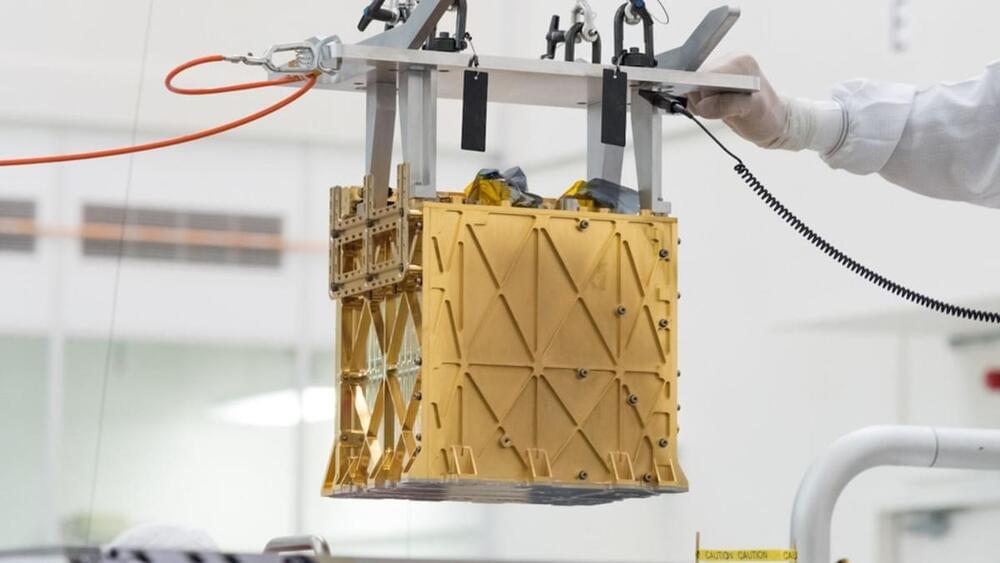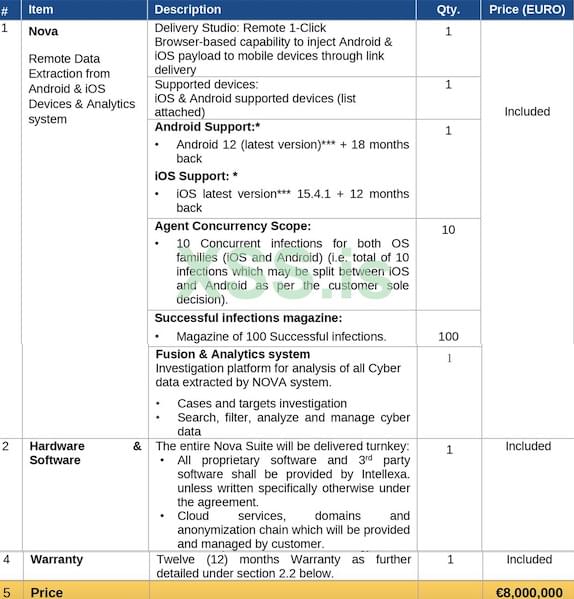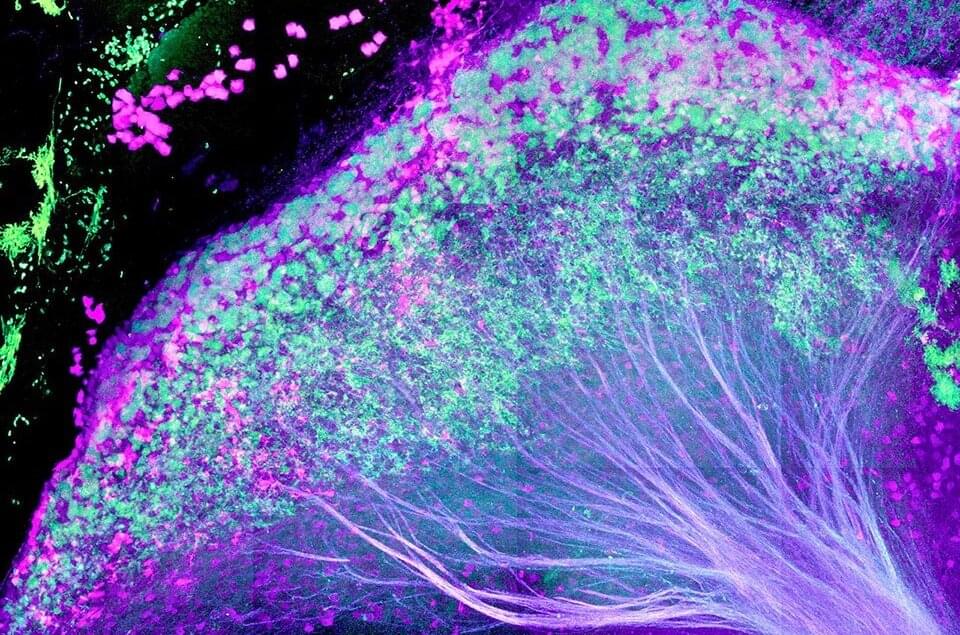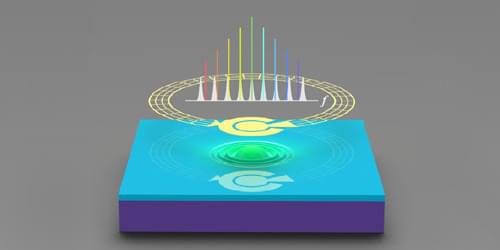Jason Allen’s AI-generated work “Thé tre D’opéra Spatial” took first place in the digital category at the Colorado State Fair.





Leaked documents appear to show a little-known spyware company offering services that include Android and iOS device exploits for €8 million (roughly $8 million).
Exploit brokers and mercenary spyware providers have been in the spotlight recently, mainly due to revelations surrounding the use of the controversial Pegasus solution of Israeli company NSO Group.
One of NSO’s fairly new competitors is Intellexa, a company founded by Israeli entrepreneur Tal Dilian. The company claims on its website that it’s offering technologies that empower law enforcement and intelligence agencies to ‘help protect communities’. The company says it’s based in the EU and regulated, with six sites and R&D labs in Europe.
Today it only takes one and a half hours to make a superconducting particle accelerator at the Department of Energy’s SLAC National Accelerator Laboratory colder than outer space.
“Now you click a button and the machine gets from 4.5 Kelvin down to 2 Kelvin,” said Eric Fauve, director of the Cryogenic team at SLAC.
While the process is fully automated now, getting this accelerator, called LCLS-II, to 2 Kelvin, or minus 456 degrees Fahrenheit, took six years of designing, building, installing, and starting up an intricate system.

A tiny but important area in the middle of the brain acts as a switch that determines when an animal is willing to work for a reward and when it stops working, according to a study published Aug. 31 in the journal Current Biology.
“The study changes how we think about this particular brain region,” said senior author Melissa Warden, assistant professor and Miriam M. Salpeter Fellow in the Department of Neurobiology and Behavior, which is shared between the College of Arts and Sciences and the College of Agriculture and Life Sciences.
“It has implications for psychiatric disorders, particularly depression and anxiety,” Warden said.

Qubits are the building blocks of quantum computers, which have the potential to revolutionize many fields of research by solving problems that classical computers can’t.
But creating qubits that have the perfect quality necessary for quantum computing can be challenging.
Researchers at the University of Wisconsin–Madison, HRL Laboratories LLC, and University of New South Wales (UNSW) collaborated on a project to better control silicon quantum dot qubits, allowing for higher-quality fabrication and use in wider applications. All three institutions are affiliated with the Chicago Quantum Exchange. The work was published in Physical Review Letters, and the lead author, J. P. Dodson, has recently transitioned from UW–Madison to HRL.
Millions of faces and car license plates were stored in a sizable Chinese database that was publicly accessible for months before it was silently removed in August.
A tech business called Xinai Electronics with headquarters in Hangzhou on China’s east coast is the owner of the disclosed data. In China, the firm creates systems for regulating entry for people and cars to workplaces, schools, construction sites, and parking lots. Its website boasts the use of facial recognition for a variety of uses beyond building access, including personnel management, such as payroll, monitoring employee attendance and performance, while its cloud-based vehicle license plate recognition system enables drivers to pay for parking in unattended garages that are managed by staff remotely.
In addition to other personal information like the person’s name, age, and sex, the database also included links to high-resolution photos of faces, including those of construction workers entering construction sites and office visitors checking in. Resident ID numbers are China’s equivalent of national identity cards. The database also contained information on the license plates of vehicles that were captured by Xinai cameras at parking lots, driveways, and other workplace entryways.
Google has launched its new Vulnerability Bounty Program for its open source software. The company will pay up to more than US$31,000 as an incentive to those who find bugs in its ecosystem and report them.
“Today we are launching the Open Source Software Vulnerability Rewards Program (OSS VRP) to reward vulnerability discoveries in Google’s open source projects. As responsible for major projects like Golang, Angular and Fuchsia, Google is among the largest contributors and users of open source in the world. With the addition of Google’s OSS VRP to our family of Vulnerability Bounty Programs (VRPs), researchers can now be rewarded for finding bugs that could potentially affect the entire open source ecosystem,” said Francis Perron, program manager. open source security technician, and Krzysztof Kotowicz, information security engineer, in a statement from Google.
Reward amounts range up to more than $31,000. Depending on the severity of the vulnerability and the importance of the project, the rewards will range from US$100 to US$31,337. The largest amounts will also go towards unusual or particularly interesting vulnerabilities, so creativity is encouraged.
